Keep the top position in the world
According to the latest report from the Ministry of Agriculture and Rural Development, in just 8 months of 2023, rice exports earned 3.17 billion USD, an increase of 36.1% over the same period last year.
The average export price of rice in the past 8 months reached 542 USD/ton, an increase of 11.5% over the same period in 2022. This is also the year with the highest average export price in history after more than 30 years of Vietnamese rice reaching the world.
In particular, over the past month, when India and several other countries banned rice exports, the price of this commodity in Vietnam immediately skyrocketed and continuously broke historical peaks.

Data from the Vietnam Food Association (VFA) shows that in the trading session on August 31, the export price of 5% broken rice from Vietnam reached 643 USD/ton, up 20.6% compared to July 19. Compared to January 1 this year, the current price of 5% broken rice from our country has increased by 185 USD/ton, equivalent to 40.3%.
The export price of 25% broken rice also jumped from 438 USD/ton (January 1) to 628 USD/ton on August 31, an increase of 190 USD/ton (up 43.4%).
Compared to the top rice exporting countries, the export price of 5% broken rice and 25% broken rice of our country is holding the number 1 position in the world. In which, the price is higher than the same type of rice from Thailand by 10 USD/ton and 63 USD/ton respectively.
With an export volume of 6-8 million tons of rice per year, Vietnam is currently in the top 3 rice exporting countries in the world, just behind India and Thailand. At some point, Vietnam even rose to the second position in the world in terms of rice export volume.
Accordingly, Vietnamese rice is exported to 150 countries and territories around the world. Of which, as of mid-August this year, the Philippines, China and Indonesia are the three largest rice export markets of our country with market shares of 40.3%, 14% and 12.1% respectively.
Ms. Bui Thi Thanh Tam, Vice President of VFA, said that 10 years ago, we relied on certain markets for export. If they did not buy, we would not know who to sell the rice to. However, the industry restructuring project has improved the quality of Vietnamese rice. With good rice, we have the right to choose the market.

Notably, Vietnam's rice productivity has increased from 4.88 tons/ha in 2008 to 6.07 tons/ha this year. Currently, our country's rice productivity is the highest in the ASEAN region. This also helps Vietnam rise to the 5th position in the world in terms of rice production.
According to calculations from the Ministry of Agriculture and Rural Development, in 2023, our country will cultivate about 7.1 million hectares of rice, with an estimated output of more than 43 million tons of paddy, equivalent to 27-28 million tons of rice. Subtracting domestic needs, our country will have about 7-8 million tons of rice for export.
As of August 15, our country has exported 5.35 million tons of rice, meaning there are about 2.15-2.65 million tons of rice of all kinds left to export from now until the end of the year.
VFA believes that the world rice production and trade market in the coming time is forecast to contain many fluctuations and risks due to rice import and export policies of some countries, unusual weather and climate developments, and national food security issues being put on top.
Faced with the response measures from many countries and the current context of increasingly tight rice supply, experts in this industry believe that the export price of rice may continue to increase. However, from now until the end of the year, it will only be around the 600-800 USD/ton mark, very difficult to reach the 1,000 USD/ton mark like in 2008.
Vietnamese rice enters a new revolution
In the journey of developing rice, just a few years ago, the quality of exported Vietnamese rice was still low, so it was only sold to low-income countries. Now, more than 90% of exported Vietnamese rice is high quality, affirming the position of Vietnamese rice in the world market.
Professor Vo Tong Xuan said that thanks to good rice varieties, the quality of Vietnamese rice has gradually improved. This is also part of the reason why our country's rice export price has always been among the top in the world in recent years.

Vietnamese rice will enter a new journey according to the criteria of quality, circulation and emission reduction (Photo: Minh Hue)
More importantly, our country also inherits production experience from many years to cope with climate change and maintain stable rice output.
According to Mr. Nguyen Nhu Cuong - Director of the Department of Crop Production, in 2015-2016, drought and salinity occurred in the Mekong Delta, causing us to lose more than 1 million tons of rice.
In 2019-2020, El Nino returned and was more severe. However, we avoided drought and salinity thanks to short-term rice varieties and flexible crop structure based on irrigation water sources of each locality. Therefore, although El Nino occurred, it did not affect the productivity and output of our country's rice.
With previous experience, this El Nino we are also completely proactive in production, confident in ensuring the amount of rice for domestic consumption as well as export, Mr. Cuong said.
Looking back at the journey of Vietnamese rice, Minister of Agriculture and Rural Development Le Minh Hoan shared that our country has become one of the rice exporting powers, after achieving domestic food security.
“Rice grains from the fields become rice grains heading to the market, rivers are no longer blocked, markets are no longer banned, rice flows everywhere. Agronomists have stepped in, creating many hybrid varieties, higher yields, shorter rice growing periods, adapting to each regional condition. The life cycle of the rice plant changes the life cycle of rice growers,” said Minister Hoan.
According to the Minister, the Vietnamese rice industry is aiming for the goal of “quality, circulation, low emissions”. A new revolution has begun to keep up with the trend of the times, moving towards building a rice brand in the international arena.
The project "1 million hectares of high-quality, circular, low-emission rice" in the Mekong Delta combined with the "Project to form an agricultural logistics system" and the "Project to mechanize agriculture" will reposition the image of Vietnamese rice and gradually spread to other regions.
Forming 1 million hectares of high-quality specialized rice areas associated with reorganizing the production system according to the value chain, applying sustainable farming processes, improving the income and life of rice growers, ensuring food security, improving the quality and reputation of Vietnamese rice products and moving towards a transparent, responsible and sustainable rice industry.
Source vietnamnet
Source


![[Photo] Special relics at the Vietnam Military History Museum associated with the heroic April 30th](https://vstatic.vietnam.vn/vietnam/resource/IMAGE/2025/4/3/a49d65b17b804e398de42bc2caba8368)

![[Photo] Moment of love: Myanmar people are moved to thank Vietnamese soldiers](https://vstatic.vietnam.vn/vietnam/resource/IMAGE/2025/4/3/9b2e07196eb14aa5aacb1bc9e067ae6f)
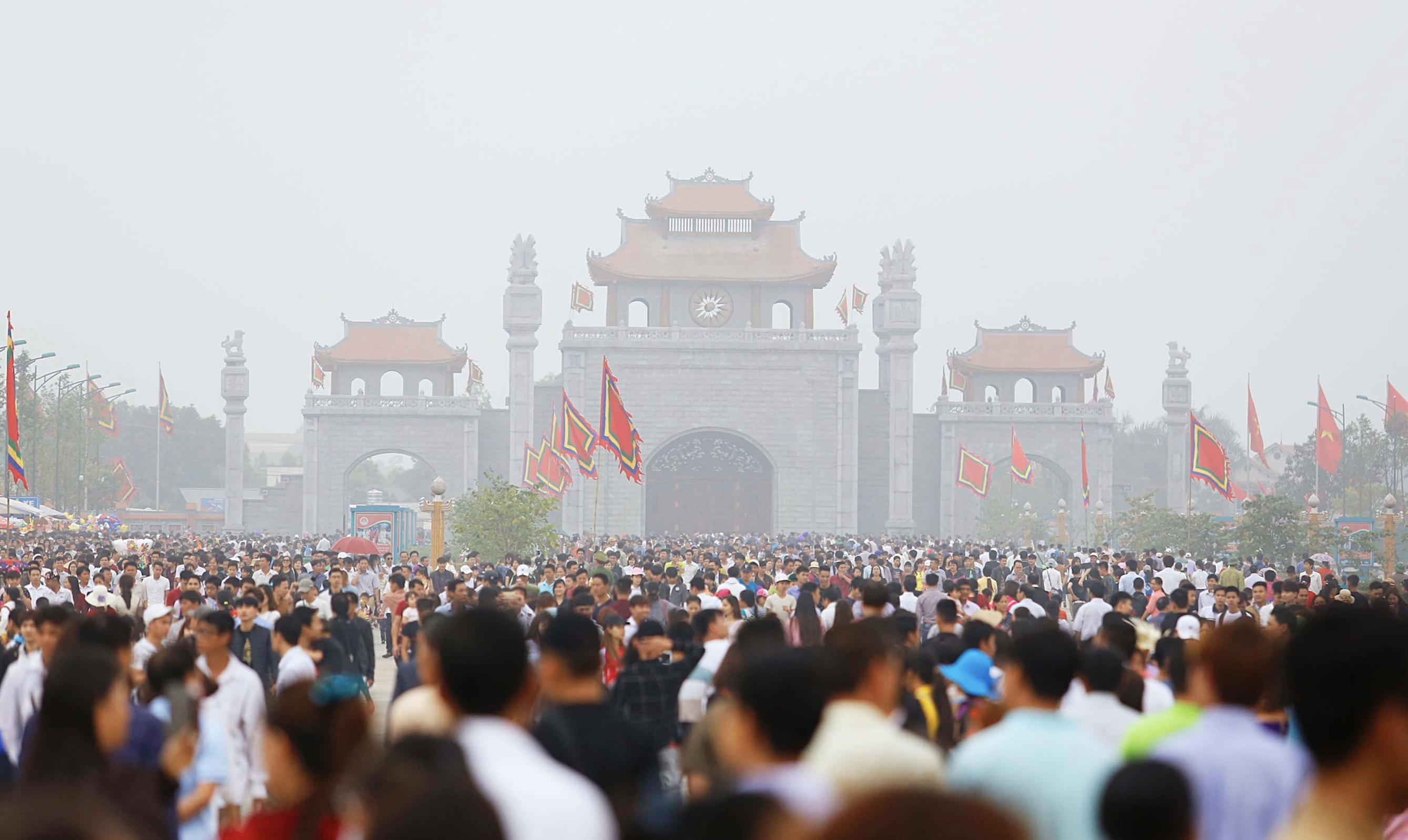

![[Photo] General Secretary To Lam receives Japanese Ambassador to Vietnam Ito Naoki](https://vstatic.vietnam.vn/vietnam/resource/IMAGE/2025/4/3/3a5d233bc09d4928ac9bfed97674be98)
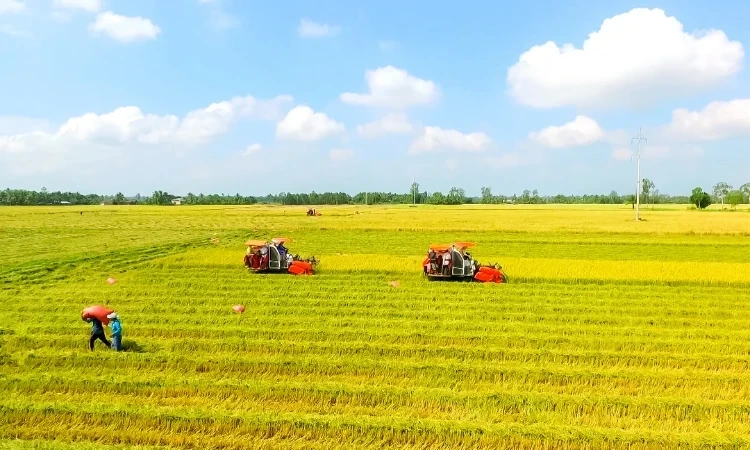
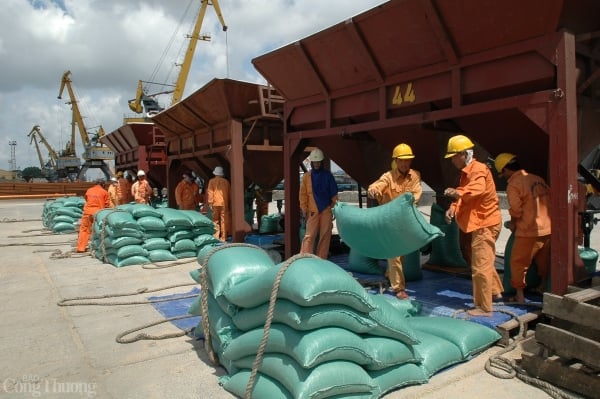

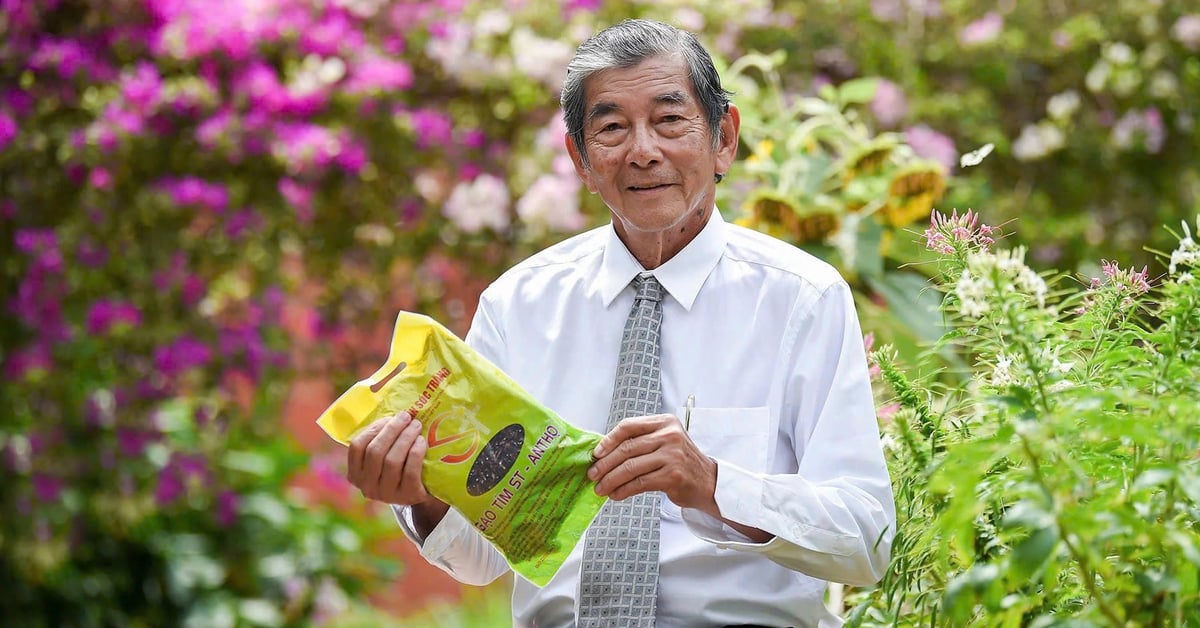

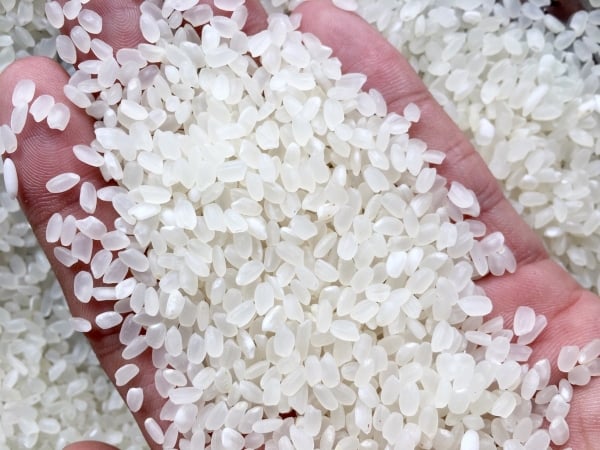
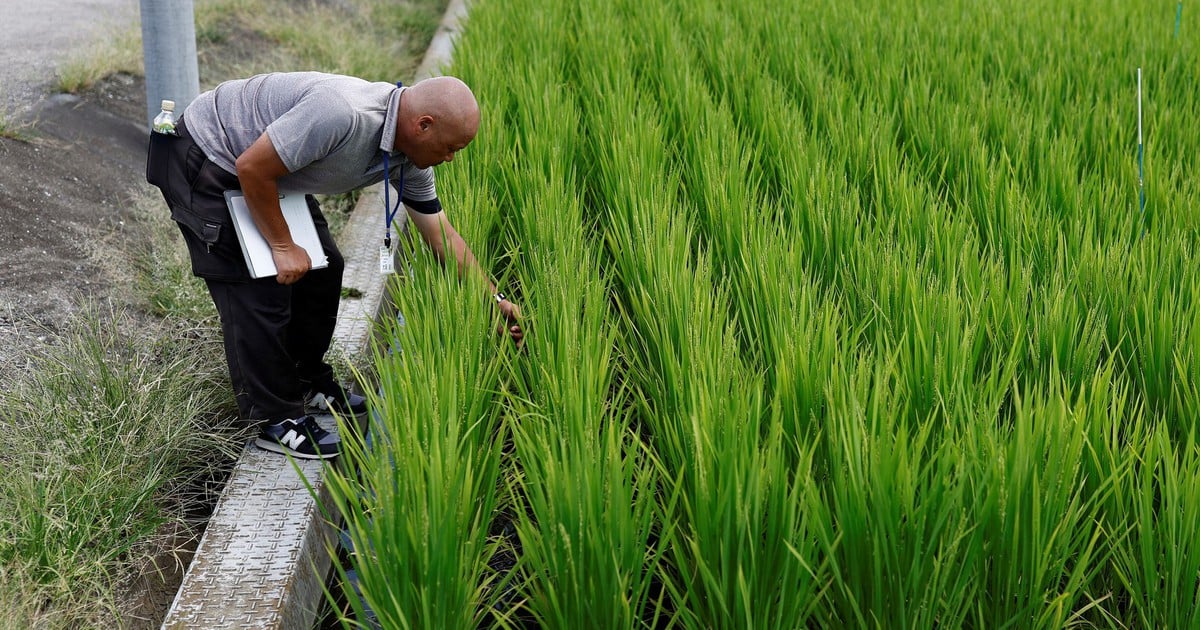

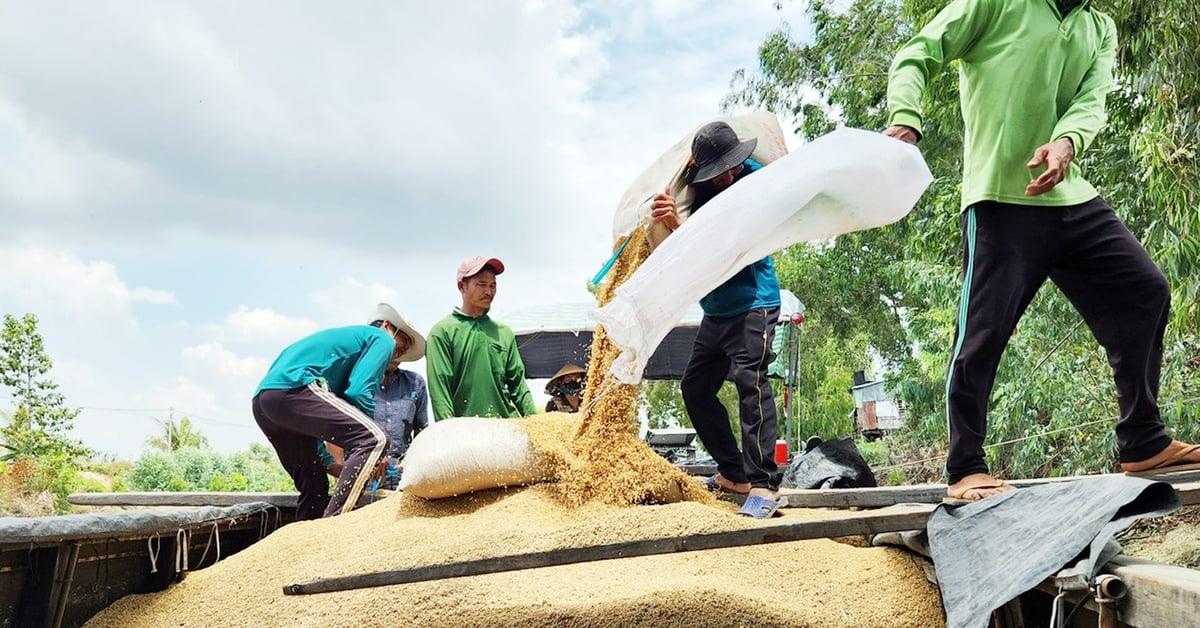
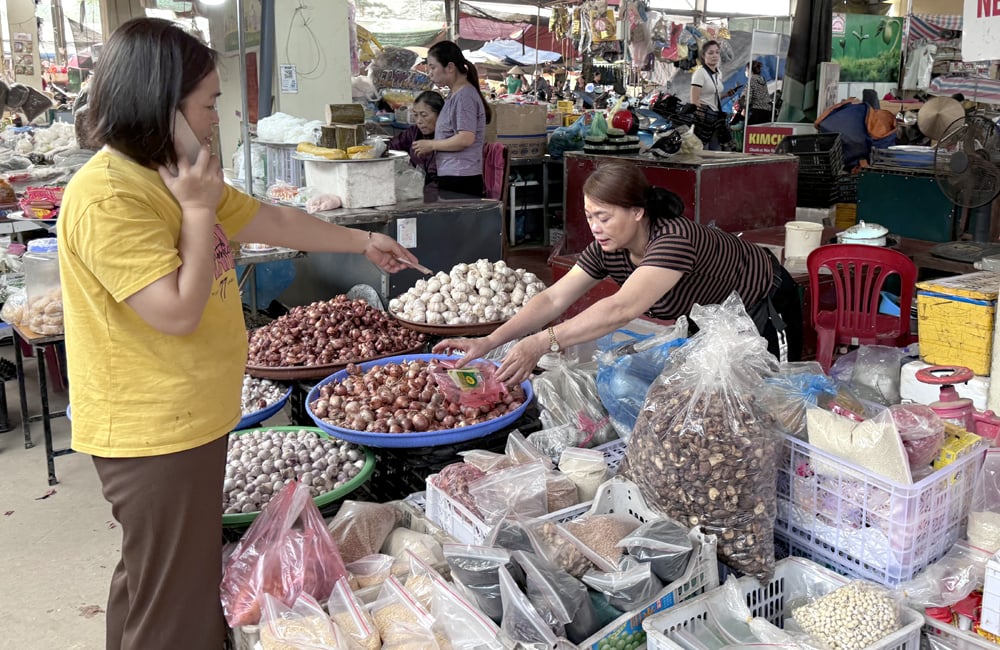
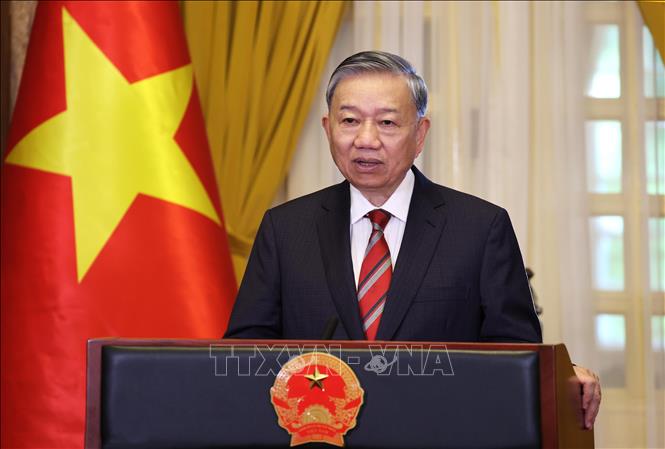
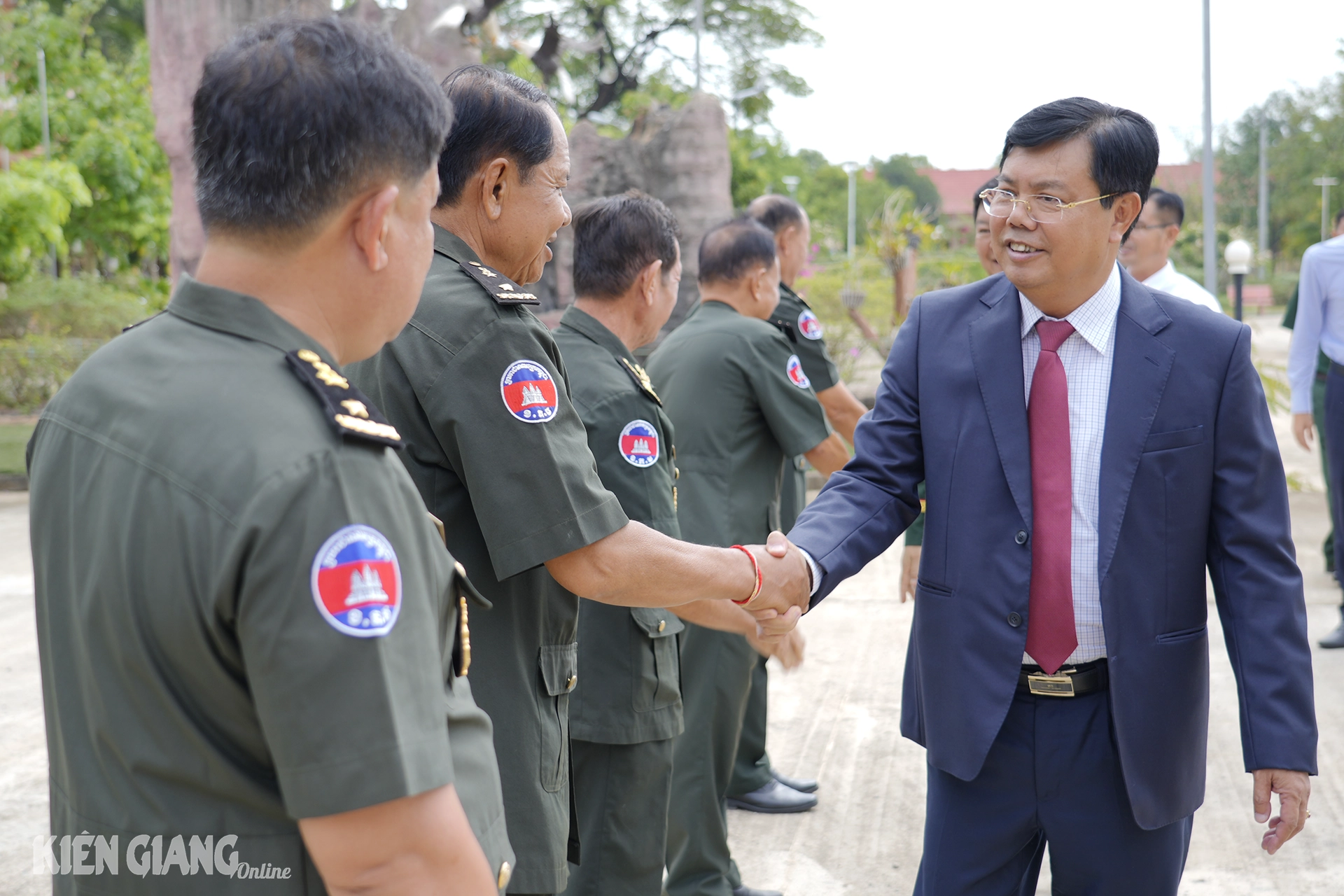

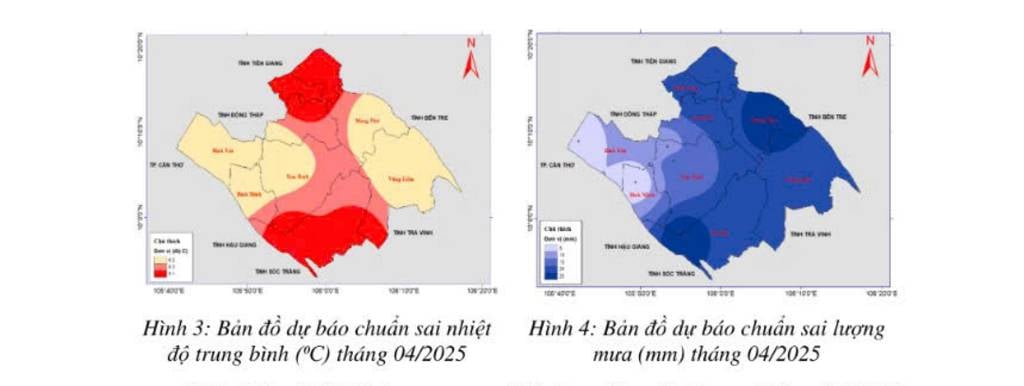
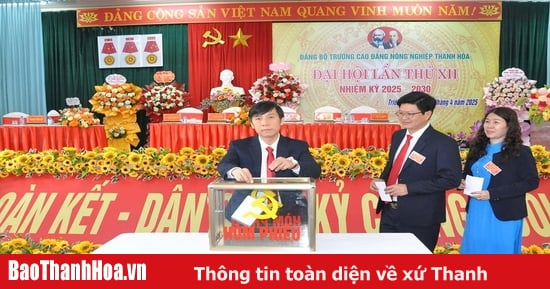




![[Podcast] News on March 24, 2025](https://vstatic.vietnam.vn/vietnam/resource/IMAGE/2025/4/3/f5fa1c3a9ae14d4590ac6965d233586b)
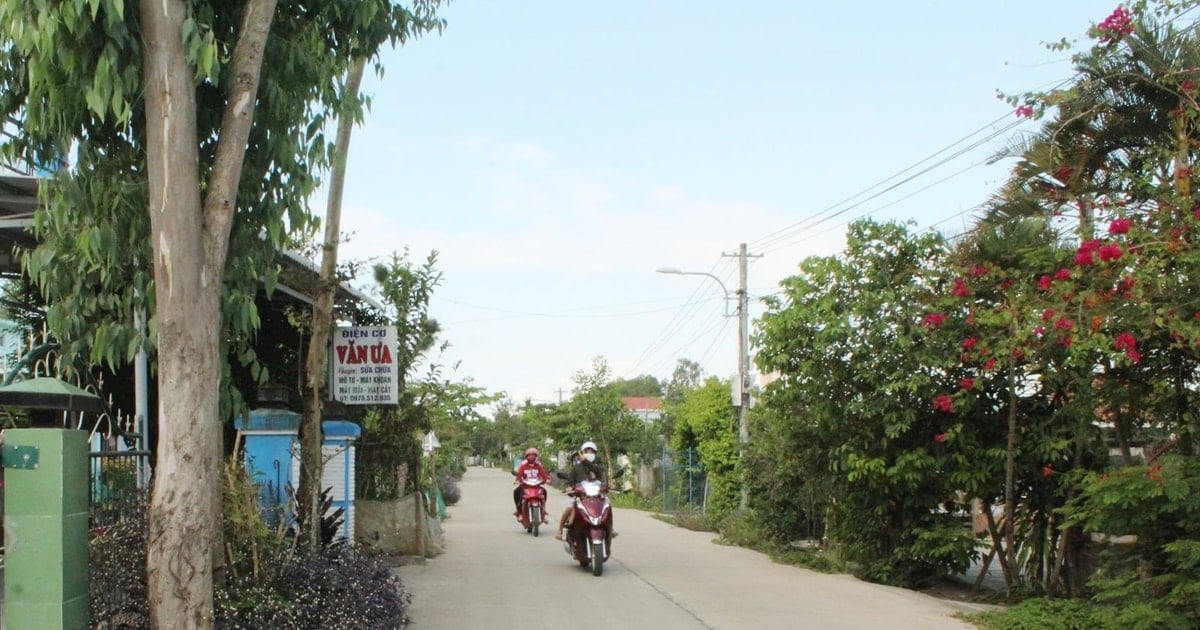
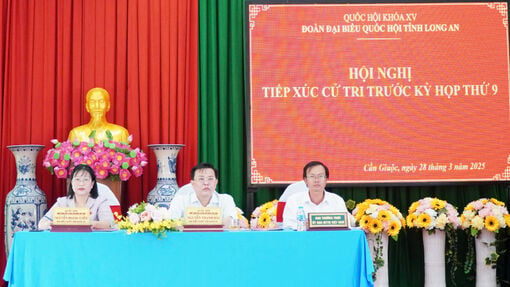

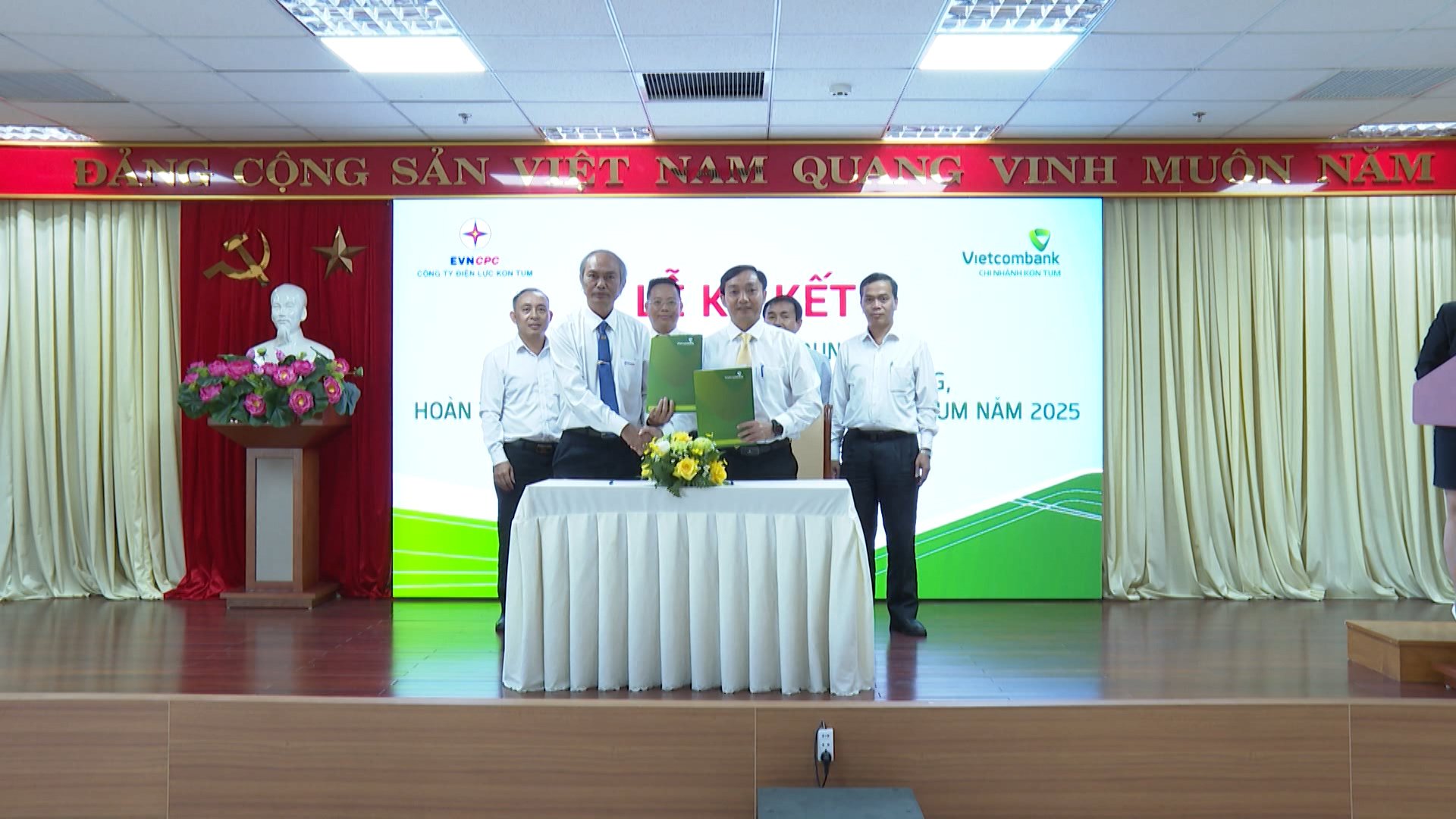
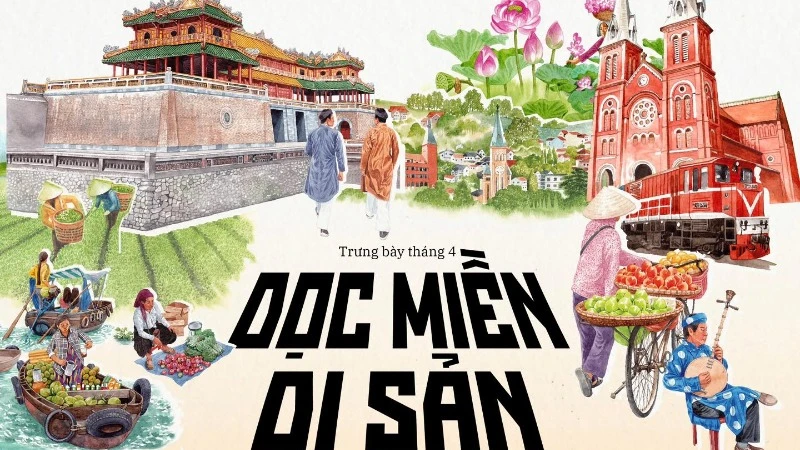

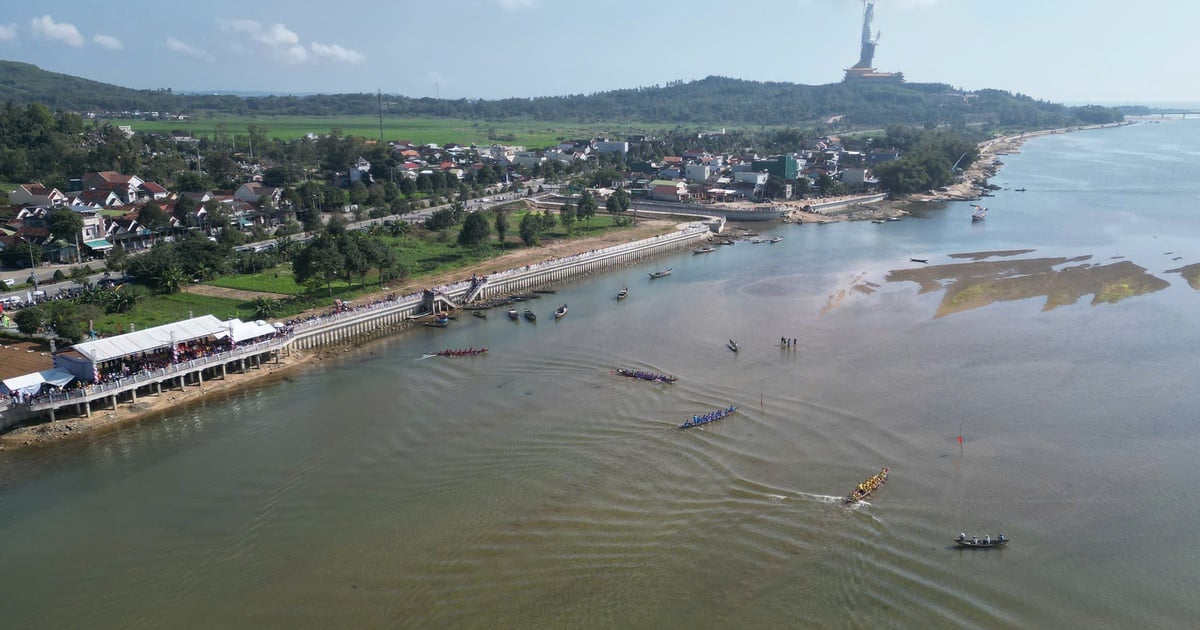

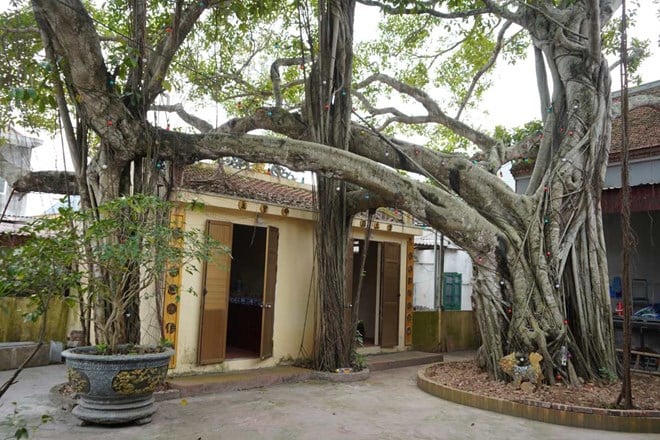

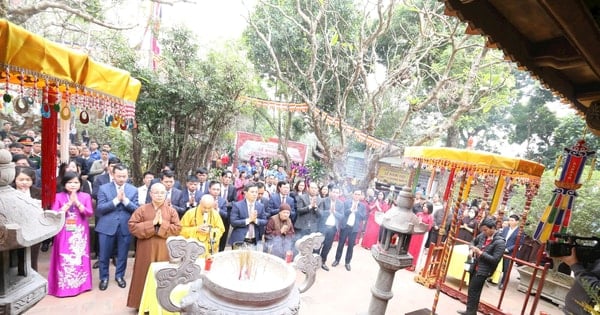

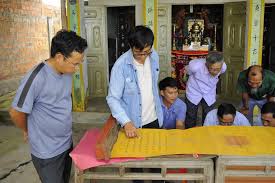

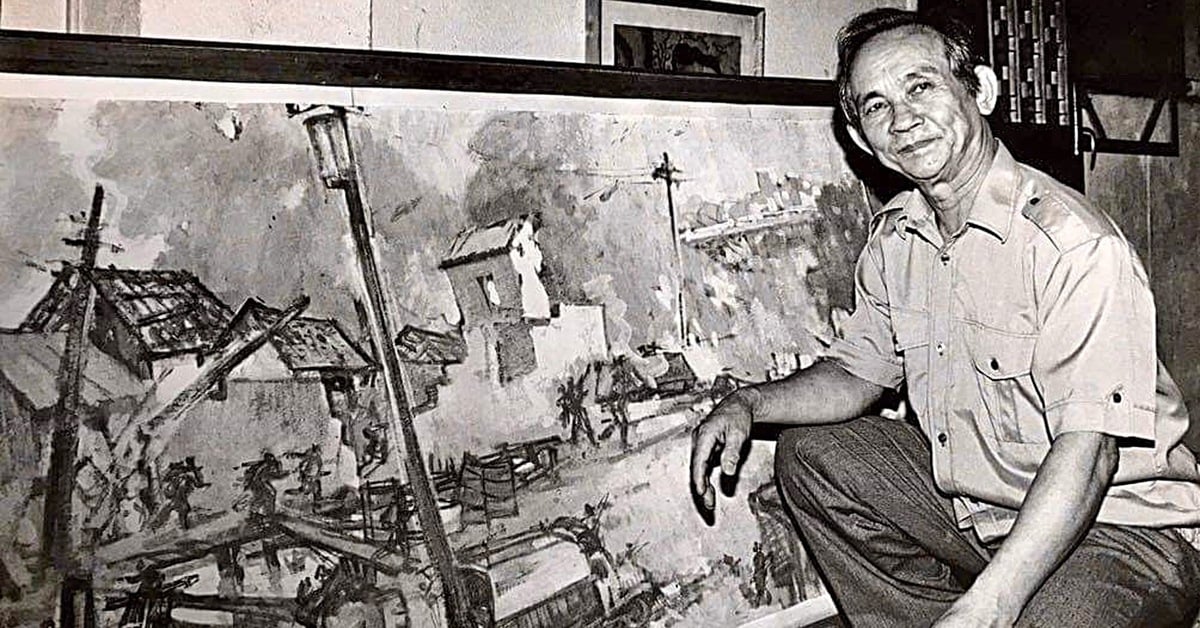
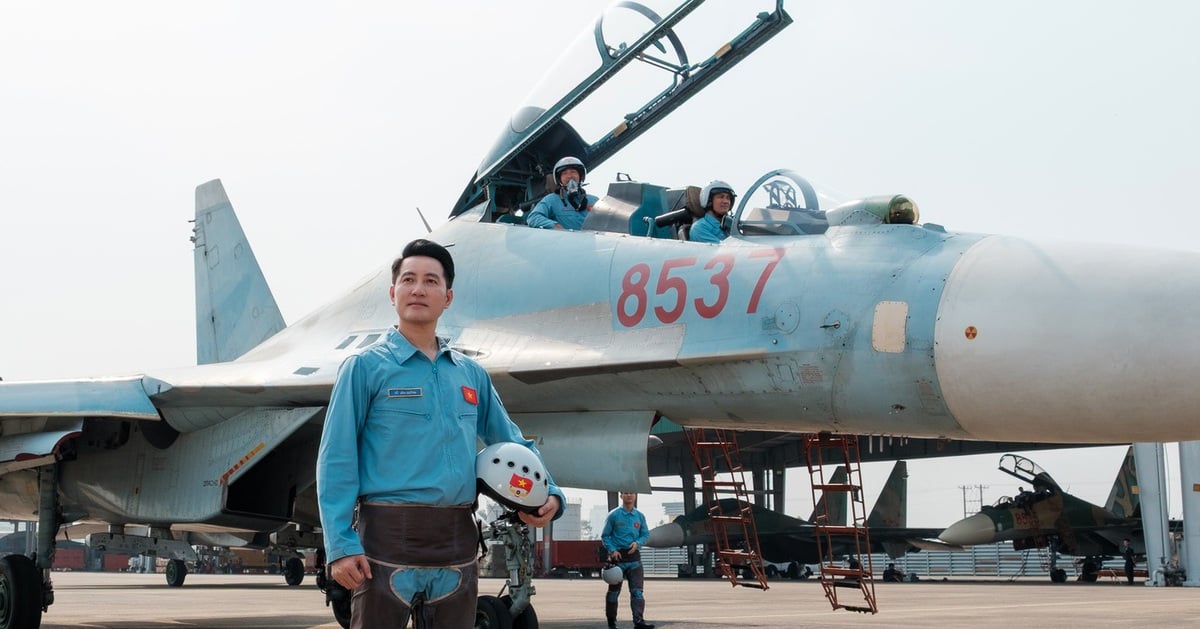
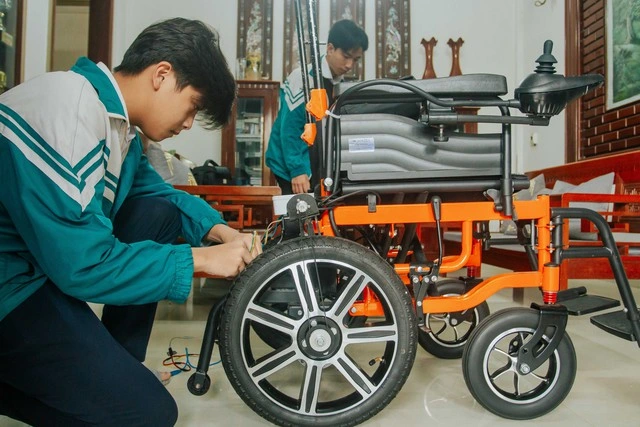


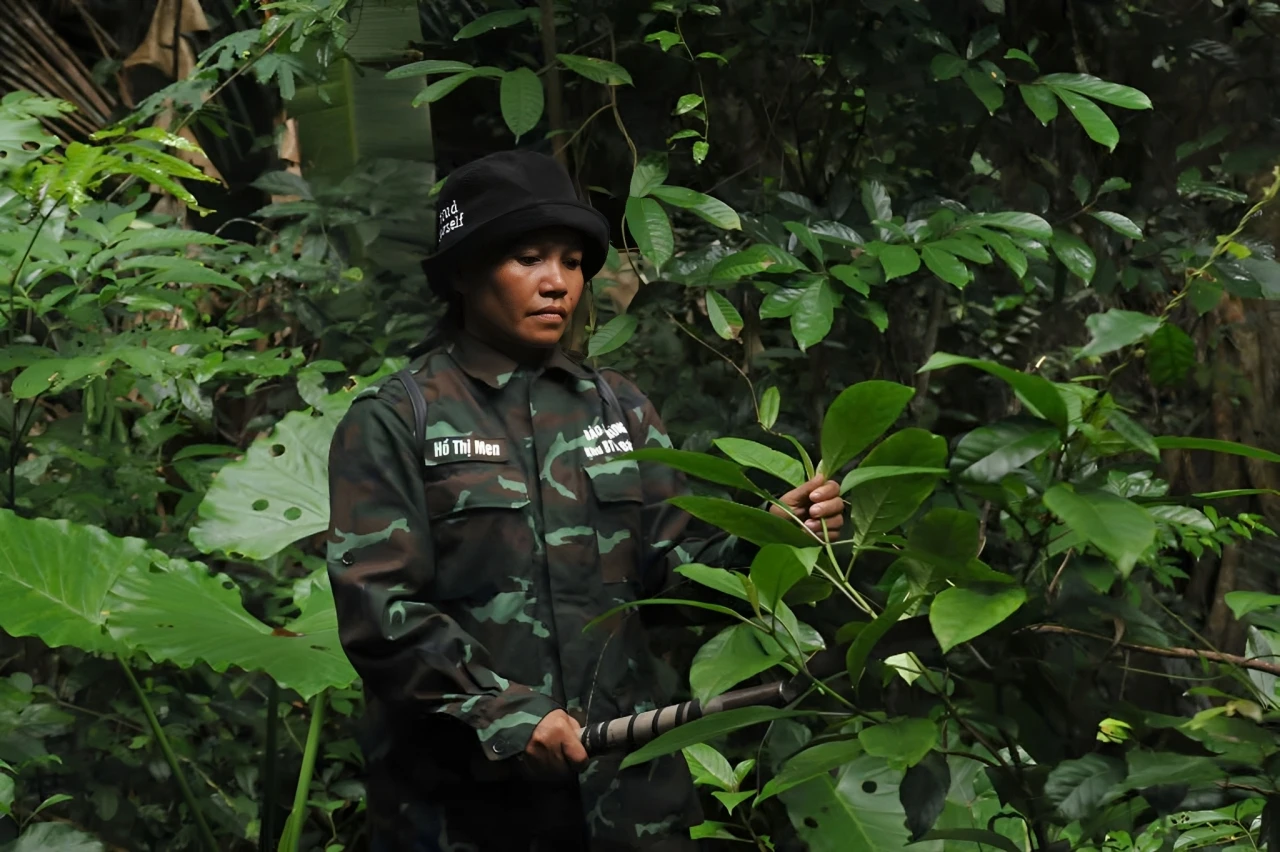

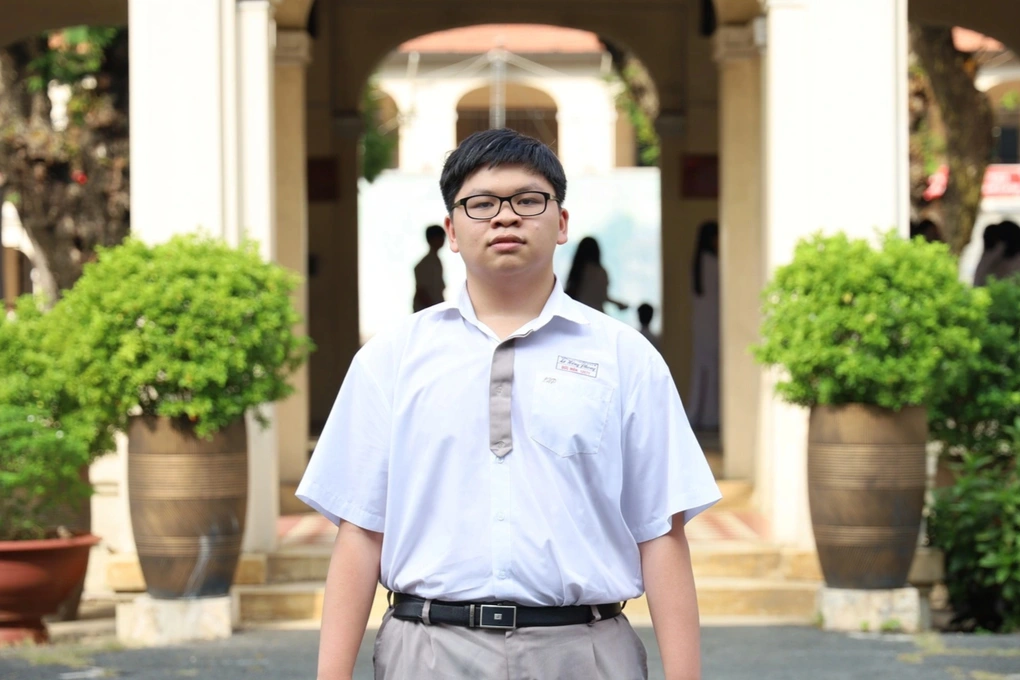









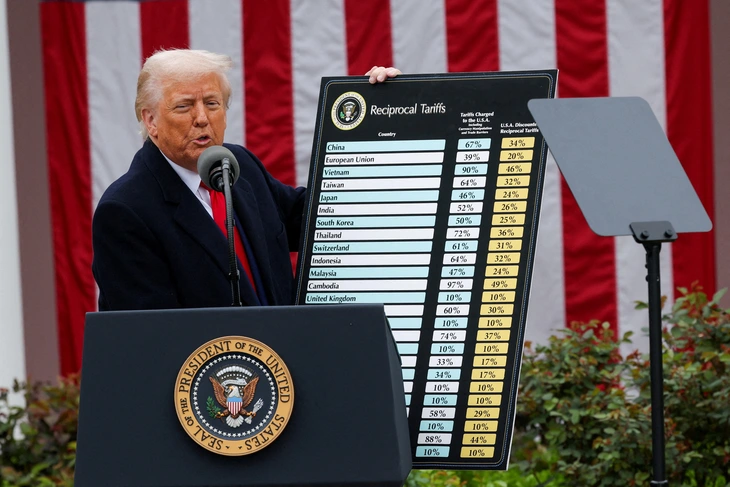
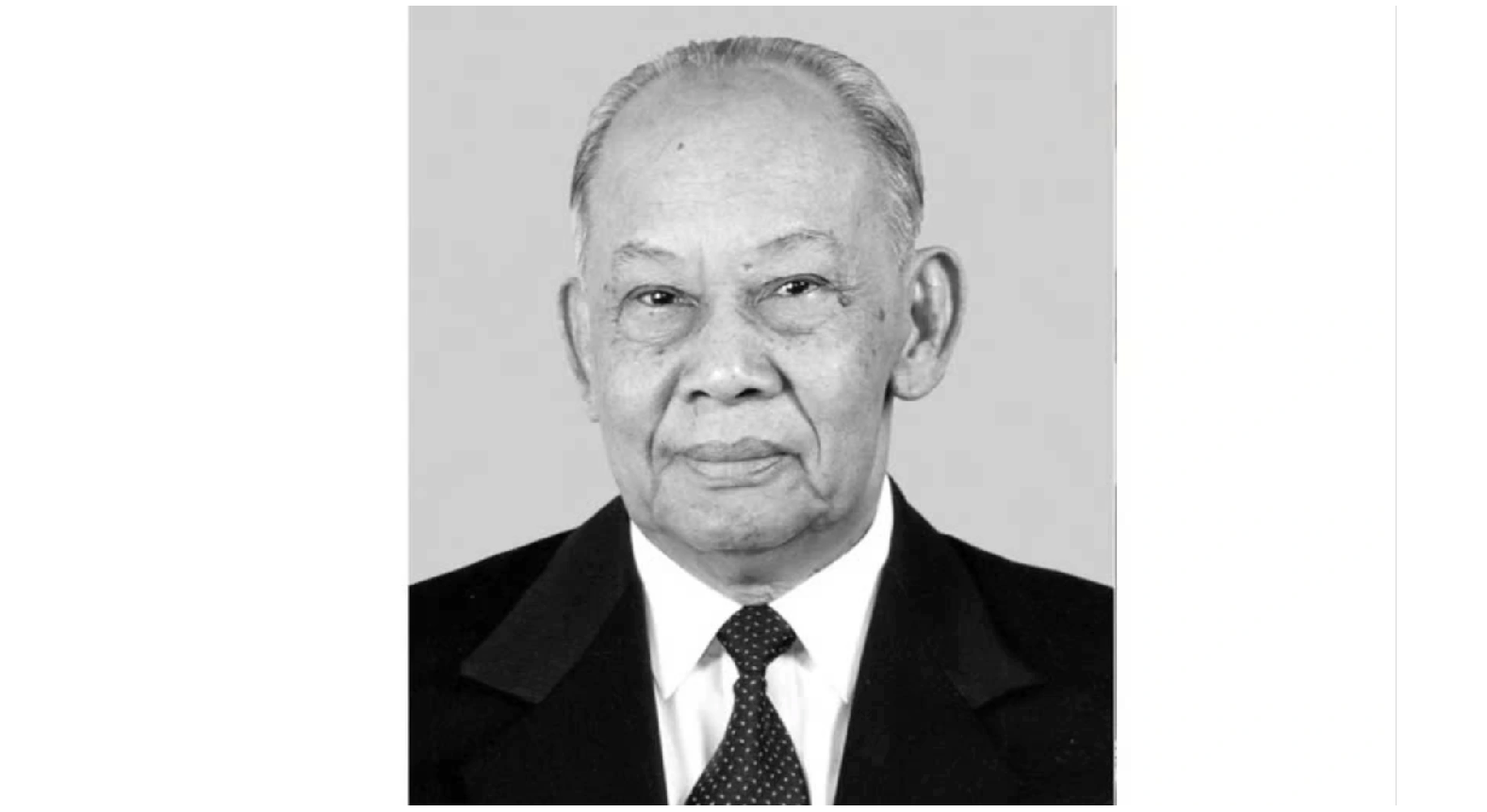
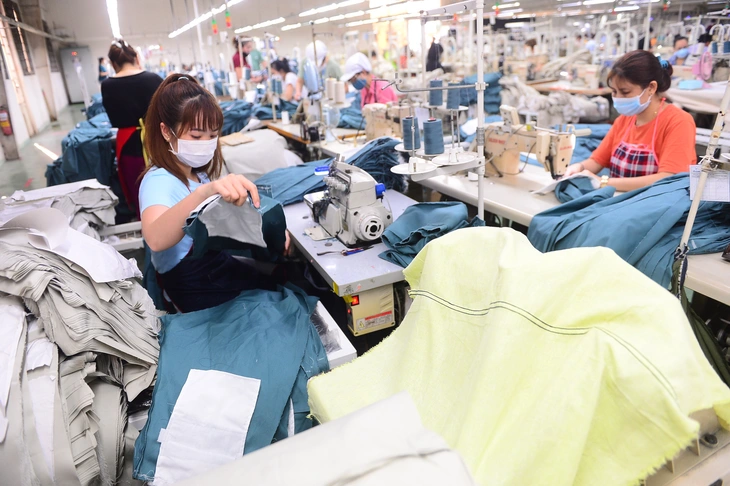
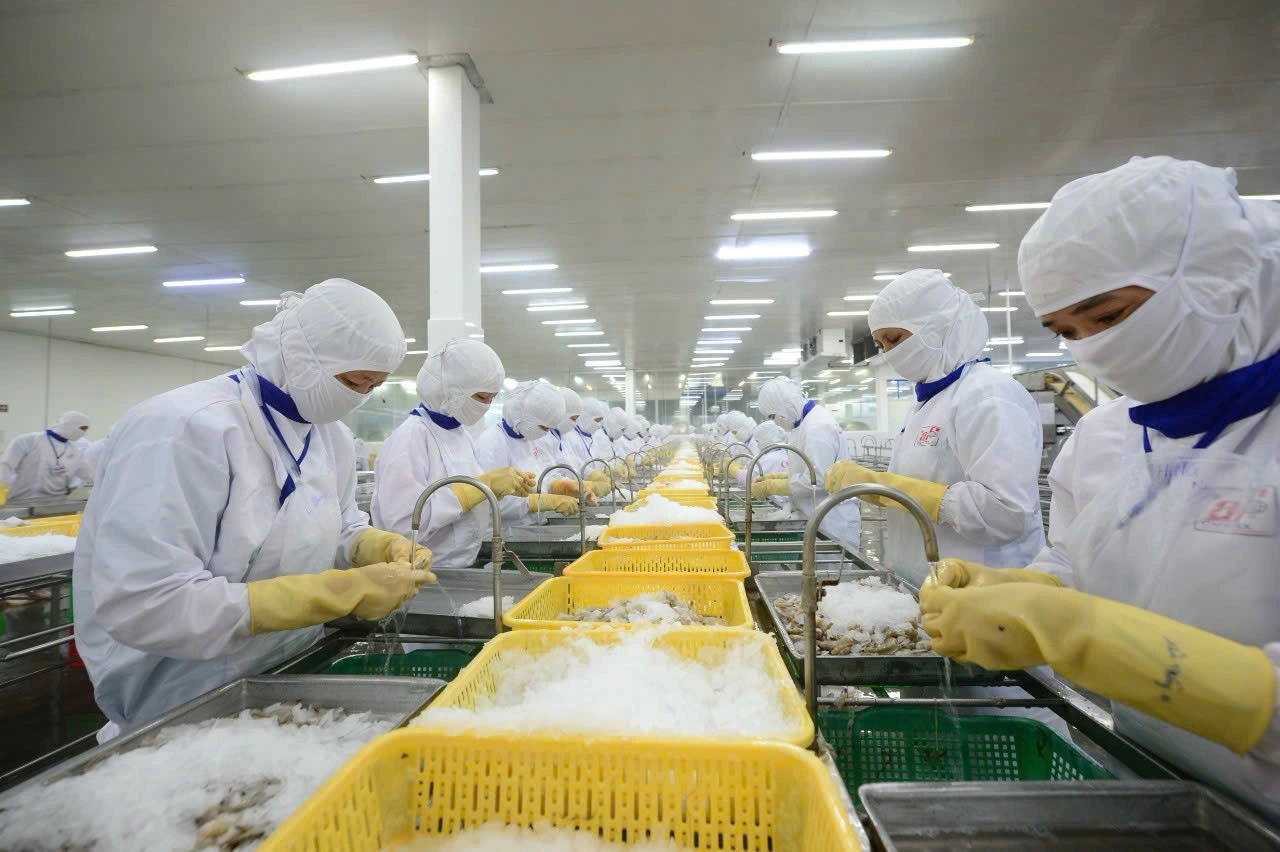

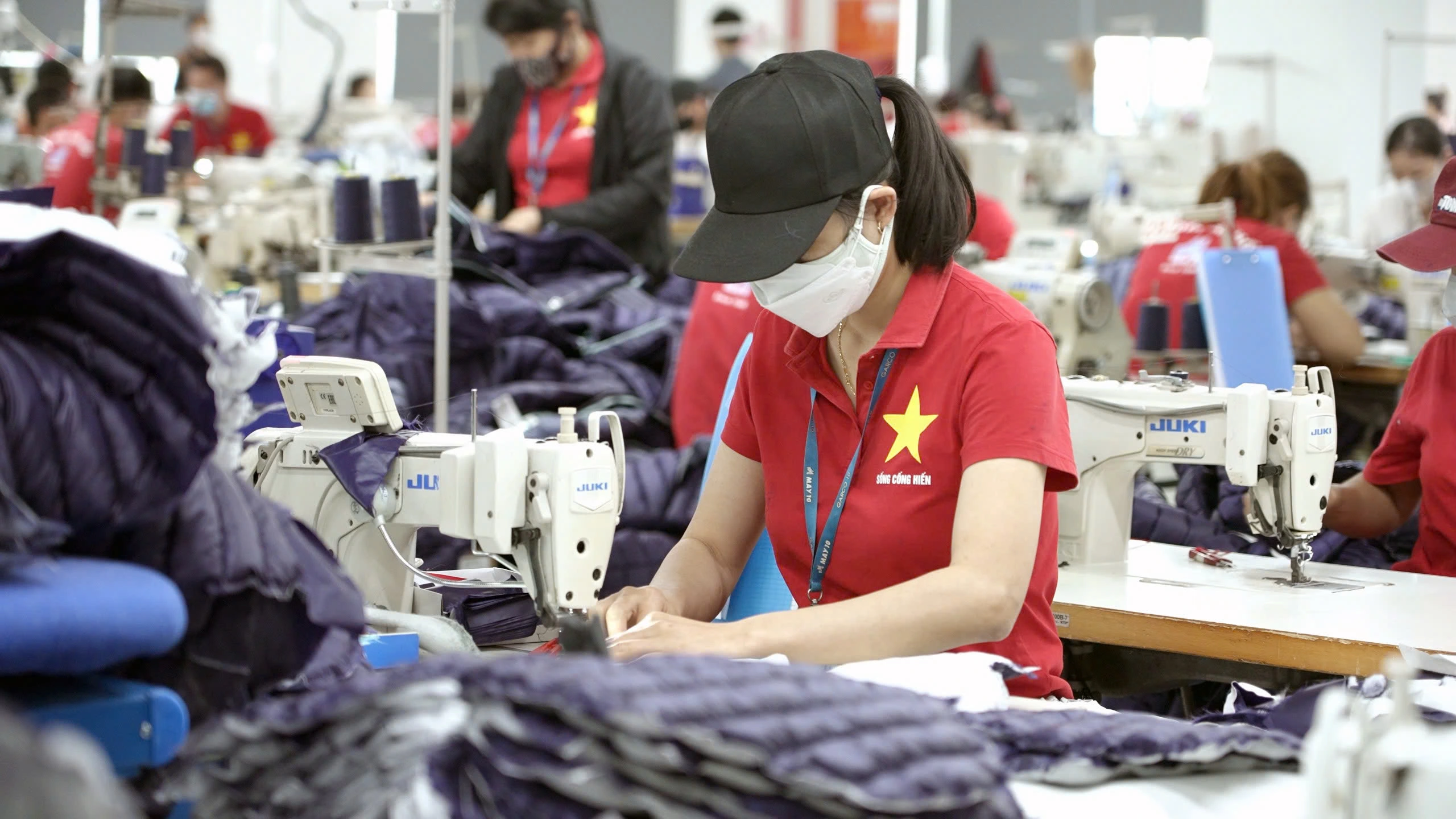


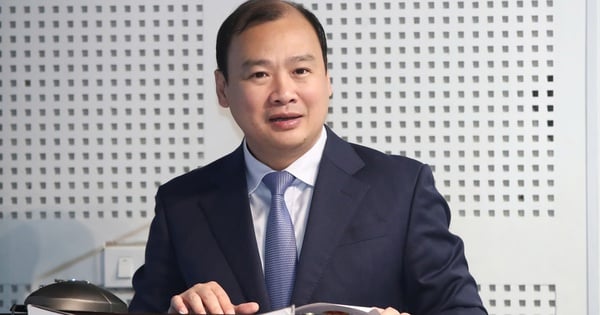

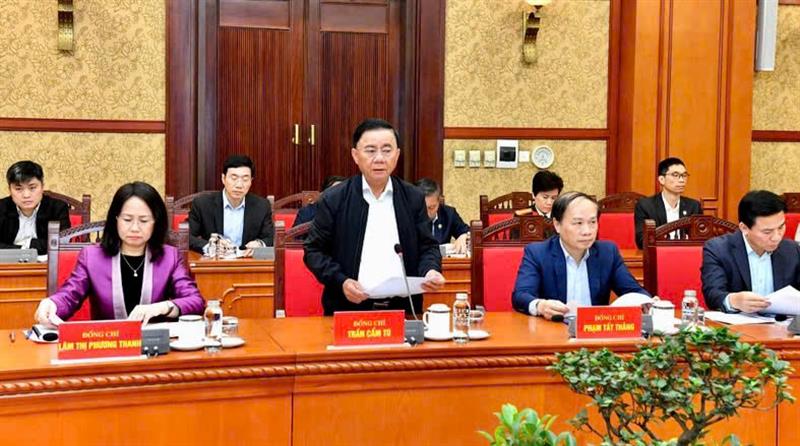


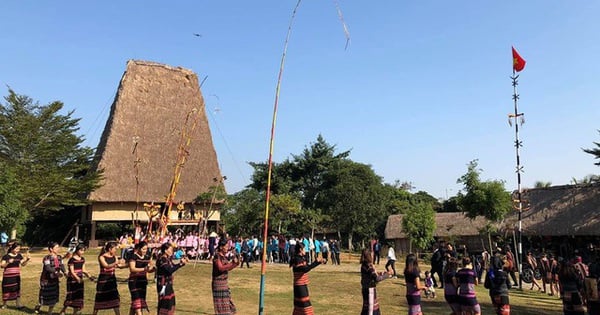
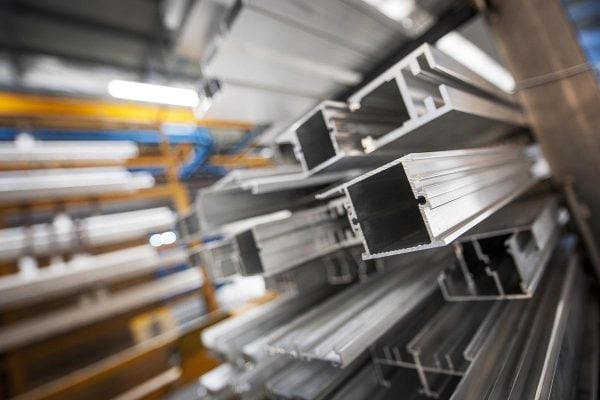
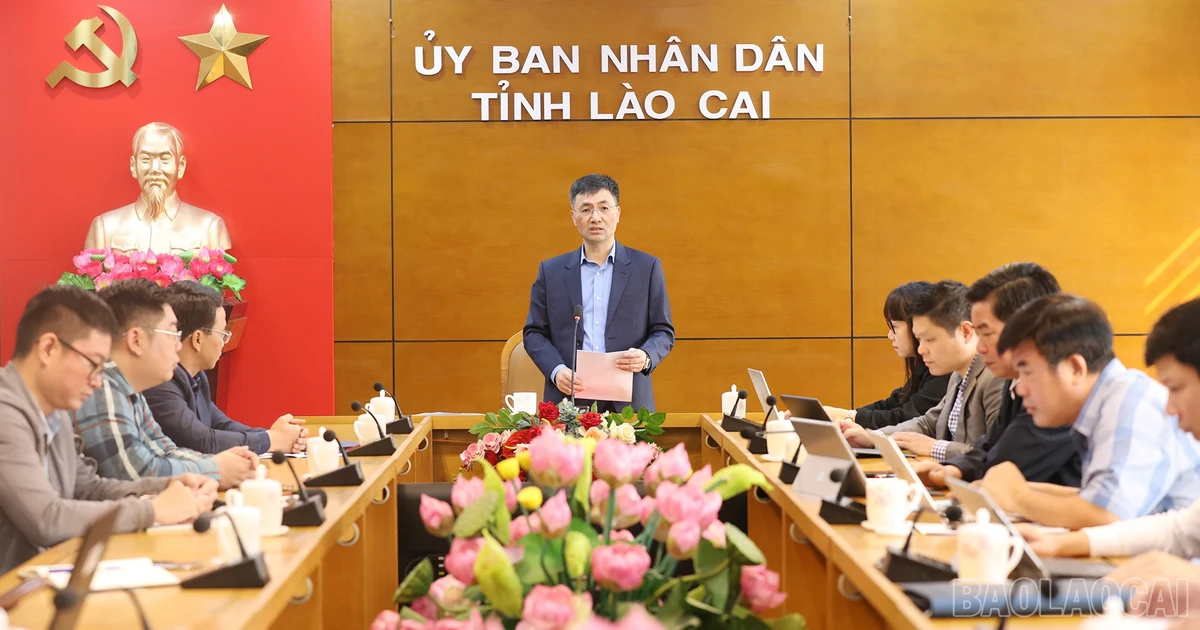

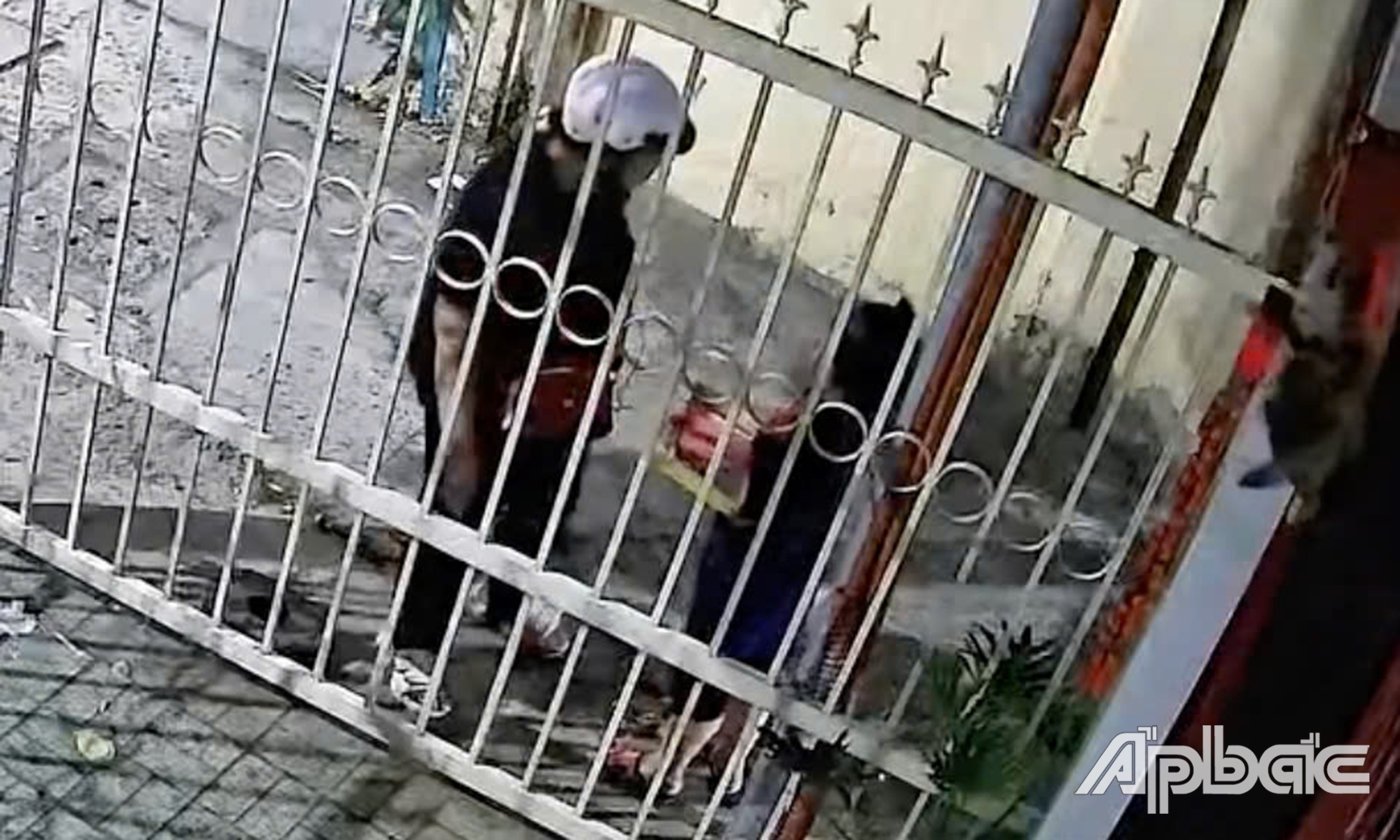













Comment (0)